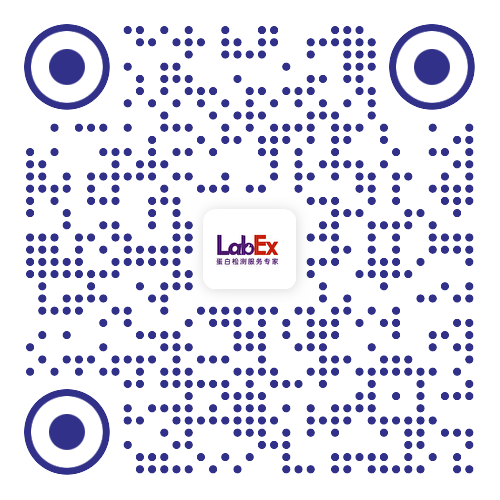Mouse Embryonic Stem Cells Expressing GDNF Show Enhanced Dopaminergic Differentiation and Promote Behavioral Recovery After Grafting in Parkinsonian Rats
Parkinson's disease (PD) is characterized by the progressive loss of midbrain dopaminergic neurons (DaNs) of the substantia nigra pars compacta and the decrease of dopamine in the brain. Grafting DaN differentiated from embryonic stem cells (ESCs) has been proposed as an alternative therapy for current pharmacological treatments. Intrastriatal grafting of such DaNs differentiated from mouse or human ESCs improves motor performance, restores DA release, and suppresses dopamine receptor super-sensitivity. However, a low percentage of grafted neurons survive in the brain. Glial cell line-derived neurotrophic factor (GDNF) is a strong survival factor for DaNs. GDNF has proved to be neurotrophic for DaNs in vitro and in vivo, and induces axonal sprouting and maturation. Here, we engineered mouse ESCs to constitutively produce human GDNF, to analyze DaN differentiation and the possible neuroprotection by transgenic GDNF after toxic challenges in vitro, or after grafting differentiated DaNs into the striatum of Parkinsonian rats. GDNF overexpression throughout in vitro differentiation of mouse ESCs increases the proportion of midbrain DaNs. These transgenic cells were less sensitive than control cells to 6-hydroxydopamine in vitro. After grafting control or GDNF transgenic DaNs in hemi-Parkinsonian rats, we observed significant recoveries in both pharmacological and non-pharmacological behavioral tests, as well as increased striatal DA release, indicating that DaNs are functional in the brain. The graft volume, the number of surviving neurons, the number of DaNs present in the striatum, and the proportion of DaNs in the grafts were significantly higher in rats transplanted with GDNF-expressing cells, when compared to control cells. Interestingly, no morphological alterations in the brain of rats were found after grafting of GDNF-expressing cells. This approach is novel, because previous works have use co-grafting of DaNs with other cell types that express GDNF, or viral transduction in the host tissue before or after grafting of DaNs. In conclusion, GDNF production by mouse ESCs contributes to enhanced midbrain differentiation and permits a higher number of surviving DaNs after a 6-hydroxydopamine challenge in vitro, as well as post-grafting in the lesioned striatum. These GDNF-expressing ESCs can be useful to improve neuronal survival after transplantation.Keywords: 6-hydroxydopamine; Parkinson’s disease; dopamine release; dopaminergic neurons; glial cell line-derived neurotrophic factor.
详见LabEx网站(
www.u-labex.com)或来电咨询!
基因水平:PCR Array、RT-PCR、PCR、单细胞测序
蛋白水平:MSD、Luminex、CBA、Elispot、Antibody Array、ELISA、Sengenics
细胞水平:细胞染色、细胞分选、细胞培养、细胞功能
组织水平:空间多组学、多重荧光免疫组化、免疫组化、免疫荧光
数据分析:流式数据分析、组化数据分析、多因子数据分析
基因水平:PCR Array、RT-PCR、PCR、单细胞测序
蛋白水平:MSD、Luminex、CBA、Elispot、Antibody Array、ELISA、Sengenics
细胞水平:细胞染色、细胞分选、细胞培养、细胞功能
组织水平:空间多组学、多重荧光免疫组化、免疫组化、免疫荧光
数据分析:流式数据分析、组化数据分析、多因子数据分析
联系电话:4001619919
联系邮箱:labex-mkt@u-labex.com
公众平台:蛋白检测服务专家
联系邮箱:labex-mkt@u-labex.com
公众平台:蛋白检测服务专家

本网站销售的所有产品及服务均不得用于人类或动物之临床诊断或治疗,仅可用于工业或者科研等非医疗目的。










 沪公网安备31011502400759号
沪公网安备31011502400759号
 营业执照(三证合一)
营业执照(三证合一)


